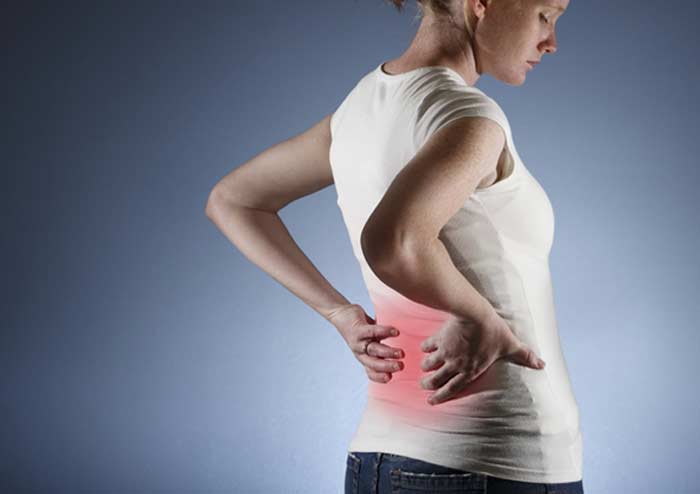
Coccydynia is a term that describes pain in the tailbone. When someone is sitting, their tailbone plays a weight-bearing role. It is also an important part of the anatomy for ligament, tendon, and muscle insertion in the area. Trauma and other factors can result in pain to this area.
Causes
In most cases, the cause of this condition is classified as idiopathic. This means that the doctor cannot determine exactly what caused it. It is known that obesity may increase the risk of this pain, but it is not listed as a direct causative factor. The following are other possible causes:
- A tailbone that has excessive and abnormal mobility
- Trauma, such as childbirth or a fall
- While rare, in some cases, a tumor, infection, or fracture could cause this pain
Symptoms
When the patient sits on a hard chair or has other pressure applied to the tailbone, they experience pain. Once they walk, stand or otherwise alleviate the pressure on this bone, the pain tends to improve. The level of pain varies. For some people, it can be intense. Other possible symptoms include:
- Pain during bowel movements
- In the tailbone region, a deep ache is possible
- Severe and sudden pain when someone goes to stand up after sitting
- Pain during intercourse


Diagnosis
Pain in this area can be caused by several injuries and conditions, so it is important to get an accurate diagnosis. The doctor will get a complete medical history from their patient. This is usually followed up by a thorough physical examination. Doctors will ask about recent injuries, childbirth, and other issues that may potentially cause coccydynia.
The doctor may palpate the area to see if the pressure causes the patient to experience pain. They may also feel for any abnormal masses. To rule out a fracture, the doctor might recommend that the patient get a general X-ray. In some cases, an MRI, bone scan or CT scan may be helpful in confirming the diagnosis.
Treatment
In most cases, doctors prescribe non-steroidal anti-inflammatory drugs as the first line of treatment. These alleviate inflammation to help reduce the patient’s pain. Naproxen and ibuprofen are common choices.
When sitting down, sitting on a cushion can help to reduce pain by taking some pressure off of the tailbone. It can take months before patients notice significant pain relief when using conservative treatment options.
Some patients may respond to physical therapy. Stretching the ligaments associated with this bone can be beneficial. A physical therapist can prescribe the stretches that directly target the nearby ligaments.
Using ice and heat on the painful area may help to reduce discomfort. These can be used alone, or alternated, depending on which option offers the most relief. Some patients might benefit from ultrasound therapy or massage.
In rare cases where the pain is especially severe, surgery might be considered. This involves removing the coccyx.
